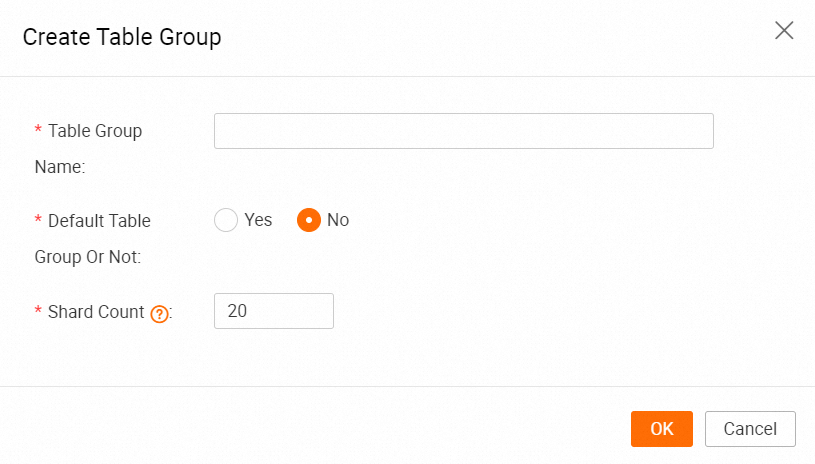This topic describes how to view and manage table groups and tables in table groups in HoloWeb.
Usage notes
Only the superuser role of an instance can view and manage all table groups in the instance.
For more information about how to manage table groups, see User guide of table groups and shard counts.
Manage table groups
Go to the HoloWeb console. For more information, see HoloWeb quick start.
In the HoloWeb console, click Diagnostics and Optimization in the top navigation bar.
In the left-side navigation pane of the Diagnostics and Optimization page, click Table Group Management.
On the Table Group Management tab of the Table Group Management page, specify the Instance Name and Database Name parameters.
Click Query to view the list of table groups.

The list of table groups provides the following information. You can perform specific operations on table groups.
Information: Table Group Name, Default Table Group Or Not, Table Count, and Shard Count.
Operations:
View Details: Go to the Management for Tables in Table Group tab to obtain details about a table group. For more information, see Manage table groups.
Set as Default Table Group: Configure a non-default table group as the default table group.
Delete: Delete a table group. You can delete a table group only if no table exists in the table group.
Click Create Table Group. In the Create Table Group dialog box, configure the Table Group Name, Default Table Group Or Not, and Shard Count parameters, and click OK.

Manage tables in a table group
Go to the HoloWeb console. For more information, see HoloWeb quick start.
In the HoloWeb console, click Diagnostics and Optimization in the top navigation bar.
In the left-side navigation pane of the Diagnostics and Optimization page, click Table Group Management.
On the Management for Tables in Table Group tab of the Table Group Management page, configure the Instance, Database, and Table Group parameters. You can also specify the Table Name parameter to search for a table.
Click Query to view information about tables in the table group.
All non-partitioned tables and parent partitioned tables in the specified table group are displayed. By default, child partitioned tables and their parent partitioned table belong to the same table group.